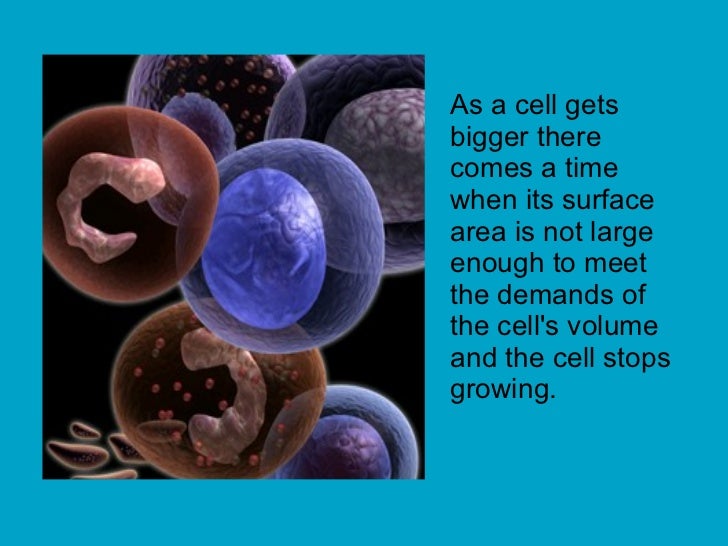Surface Area to Volume Ratio
Key Questions
-
Answer:
As the ratio gets smaller, it takes longer for items to diffuse.
Explanation:
When the cell increases in size, the volume increases faster than the surface area, because volume is cubed where surface area is squared.
When there is more volume and less surface area, diffusion takes longer and is less effective. This is because there is a greater area that needs to receive the substance being diffused, but less area for that substance to actually enter the cell.
this is actually why cells divide. When they become too large and it takes too long for them to transport materials across the cell, they lose efficiency and divide in half to raise the surface area to volume ratio.
-
Answer:
The surface area to volume ratio (SA:V) limits cell size because the bigger the cell gets, the less surface area it has for its size.
Explanation:
This is important if you are a cell that depends on diffusion through your cell wall to obtain oxygen, water, and food and get rid of carbon dioxide and waste materials.
As you get bigger, your outside is unable to keep up with needs of the inside.
We can see this with agar cubes that have been soaked in NaOH solution.

The "nutrients" have diffused all the way to the centre of the smallest cube, but the largest cube is mostly "starved" in the centre.
If you are a cell like the largest cube, your SA:V has become so small that your surface area is not large enough to supply nutrients to your insides.

At this point, you must divide into smaller cells or die.
So your size is limited by your SA:V.
-
Answer:
You could consider the cell to be a sphere and them just calculate it
Explanation:
if you know the radius caluculate it like this
#(4*pi*r^2)/((4/3)*pi*r^3#
with r the radius of the cellThe next question: How would you measure this radius in the first place?
Most cells are spherical in suspension. That is, when they are freely suspended in a liquid medium, they exert the same forces in all directions, thus making them spherical.
You can take a picture in a camera equipped microscope at a known magnification and use a scale bar to measure cell radius. There are also methods to automate this through image processing
Note: This rule however does not apply to plant cells (rigid cell wall), RBCs (flattened) or many bacterial cells that retain a different shape. In these cases, you can approximate the cell to be a cylinder, disc, cuboid, etc and use known formulae, or if you have access to a confocal microscope, you can get 'slices' very much like a CT scan, and you can build a 3D model of the cell from it. Calculation of surface area and volume shouldn't be difficult after this.